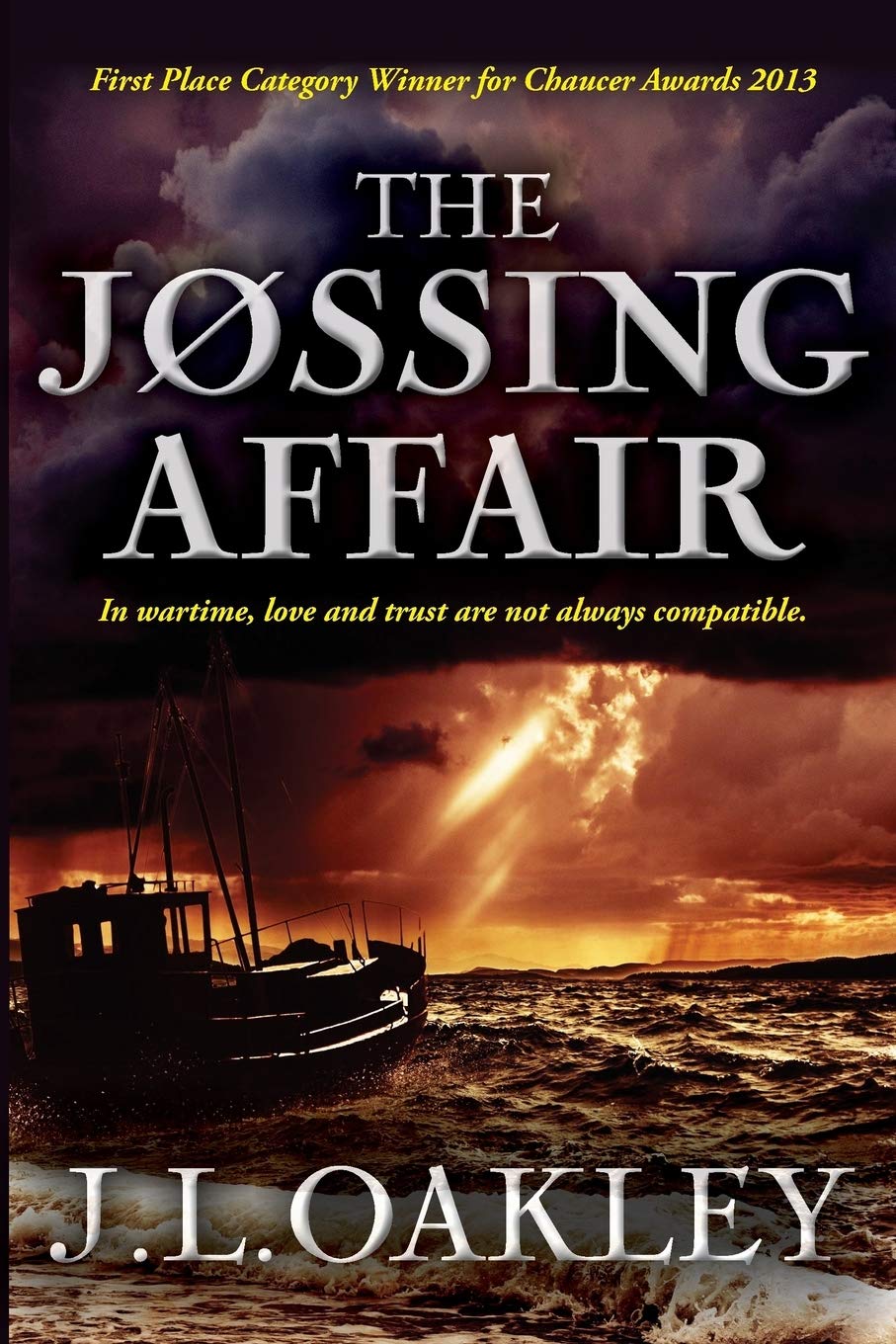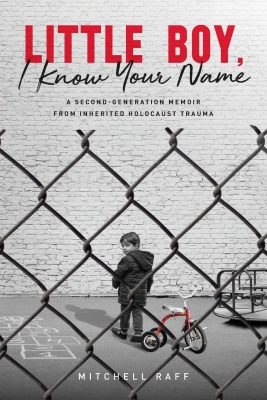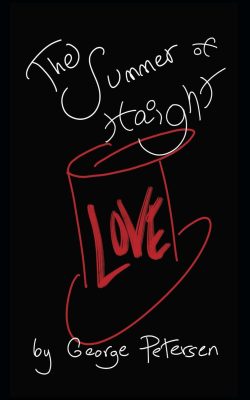|
Listen to or download this article:
|
 Here is a novel of utmost despair, but also the determination of the human spirit to do what is right and survive in the face of grave danger. Set in Northern Florida in the 1920s, A Seeping Wound by Darryl Wimberly centers on the nefarious activities of the Blue Turtle Turpentine Camp, one woman’s life in that camp, and a young veteran’s search for his missing sister.
Here is a novel of utmost despair, but also the determination of the human spirit to do what is right and survive in the face of grave danger. Set in Northern Florida in the 1920s, A Seeping Wound by Darryl Wimberly centers on the nefarious activities of the Blue Turtle Turpentine Camp, one woman’s life in that camp, and a young veteran’s search for his missing sister.
Still suffering from wounds inflicted during the Great War, Prescott (Scott) Hampton arrives in Cross City, Florida determined to find his sister Sarah, and her husband Franklin Breaux. The Hampton family has not heard from Sarah in months and Cross City was the last town she posted a letter from. Scott quickly discovers a deeply embedded system of graft involving the Bucknell Timber & Turpentine Company, local law enforcement, and the county judge. Judge Hiram Sheppard runs his courtroom exactly as he sees fit—no defendant is allowed to testify on their own behalf, no written records are taken, and all debtors are sent to the Blue Turtle Turpentine Camp.
Scott suspects something along these lines may have happened to his sister and questions Judge Sheppard as to whether or not he can recall Sarah passing through his courtroom. The judge merely shrugs and advises Scott not to stick his nose where it doesn’t belong. After all, men have died for lesser things. Scott disregards this barely veiled threat and buys horses and gear to search for his sister himself in the Florida wilderness.
Sarah Breaux, Scott’s sister, and her husband Frank are indeed at the Blue Turtle Turpentine Camp. They answered a newspaper advertisement and were conned into believing they would be getting involved in honest work, not indentured servitude, and are now suffering horribly. Frank has been thrown into The Box—a four-foot square, four-foot tall prison cell open to the elements and Sarah has no idea when he may be released. The camp is run by some of the foulest, most sadistic men in existence. The captain of the camp, however, is the worst of all.
Captain Henry Riggs is an evil man. He is a ruthless, vengeful pedophile and he runs his turpentine camp like a cotton plantation in the old Deep South. Whippings are given out with ‘Black Auntie,’ men are forced to drink and gamble away what little wages they’ve made every Sunday, and the women of the camp are put on the ‘schedule.’ The schedule is a euphemistic term for the enforced prostitution almost every woman in the camp must endure. The captain, of course, takes his cut and leaves the women with hardly any money or medical care to see to their injuries or other needs.
The one person who is able to see to the needs of the sick and injured is Martha LongFoot, the camp’s medicine woman. Half Muscogee, half African, she is a striking woman. She is repeatedly referred to as ‘injun’ and ‘it’ and other harsher epithets. She’s easily taller than most men, with bronze skin and long black hair…on the half of her face and head where she hasn’t been burned. The other side of her profile is horribly mutilated and has never fully healed from when she poured boiling rosin on her own face as a young teenager to avoid being forced into prostitution by Captain Riggs.
Martha’s oath as the camp medicine woman to do no harm continually comes into conflict with the reality of the world she lives in. She is witness to the greatest atrocities inflicted on those who are forced to live and work in the Blue Turtle Turpentine Camp and she also must care for her jailors when they themselves are sick or injured. She takes her oath as a healer very seriously, despite multiple opportunities to just let the evil men who run the camp die of their wounds and illnesses.
The fates of the Breaux and Martha connect as Scott circles ever closer to the camp and his sister’s whereabouts. Martha, Sarah, and Scott must each walk a very precarious line if they want to survive and ultimately must depend on each other to get out alive.
A Seeping Wound is a thoroughly researched work of historical fiction told in alternating viewpoints. There are lush descriptions of the wilderness and the environment and these descriptions succeed in making the setting a character itself. This is a land and an era where black men and women are still viewed as nothing more than property and readers who are sensitive to racism, rape, and epithets may want to pick a different novel. A Seeping Wound represents all these darker issues with stark, unforgiving language.
As is to be expected with a story as harsh and unrelenting as this one, the ending is bittersweet. Salvation arrives, but whether or not it is too late is up to the reader. This novel is sure to be appreciated by historical fiction fans given the copious and dedicated research that has gone into writing it, the diverse viewpoints, and the unusual setting.
Reviewers Note: Not suitable for children or teenagers. This novel contains many emotional triggers and depicts graphic violence and rape.











Leave A Comment